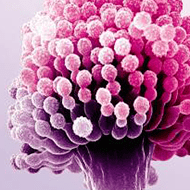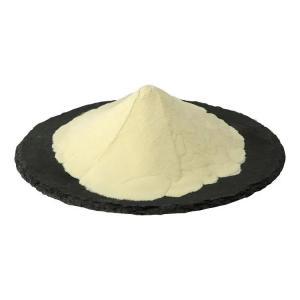A Supplemental Form of Phosphatidylserine
Time:2025-02-19Forms of Phosphatidylserine Supplementation
Ⅰ.Natural Food Sources
1. Meat:
Beef, pork, and other meats contain a certain amount of phosphatidylserine, especially in animal organs such as the brain and liver, where the content is relatively high. For example, 100 grams of beef brain contains a significant amount of phosphatidylserine. Moderate consumption of these foods can help supplement phosphatidylserine levels.
2. Fish:
Fish such as salmon and cod are rich in phosphatidylserine. These fish not only provide healthy unsaturated fatty acids but also offer an excellent source of phosphatidylserine. Deep-sea fish generally contain higher levels compared to freshwater fish. Consuming fish 2-3 times per week can effectively increase phosphatidylserine intake.
3. Legumes:
Soybeans and other legumes are also good sources of phosphatidylserine. The phospholipids found in soybeans include phosphatidylserine, making tofu, soy milk, and other soy-based products beneficial dietary sources of this nutrient.
4. Eggs:
Eggs are a common and nutritious food, with the egg yolk containing various phospholipids, including phosphatidylserine. Daily consumption of eggs provides high-quality protein while also supplying a moderate amount of phosphatidylserine.
Ⅱ.Nutritional Supplements
1. Capsule Form:
Capsules are one of the most common ways to supplement phosphatidylserine. Each capsule typically contains 100 mg to 300 mg of phosphatidylserine, allowing consumers to adjust their intake based on their needs and product recommendations. Capsules are easy to carry and consume, making them a convenient choice.
2. Tablet Form:
Phosphatidylserine is also available in tablet form, which provides precise dosing and ensures consistent intake. Some tablets may also include additional nutrients, such as B vitamins, to support brain health and enhance cognitive function.
3. Liquid Form (Oral Solution):
Phosphatidylserine oral solutions are quickly absorbed by the body. These liquid supplements undergo special processing to improve bioavailability, making them easier for the body to absorb. They are available in various sizes, such as 10 ml or 30 ml per bottle.
4. Powder Form:
Phosphatidylserine powder can be dissolved in water, juice, or other beverages, offering a flexible way to consume the supplement. This format allows for customized dosages based on personal preference. Additionally, phosphatidylserine powder is commonly included in multi-nutrient formulas, where it is combined with DHA, vitamins, and other essential nutrients to provide comprehensive nutritional support.


 CN
CN





